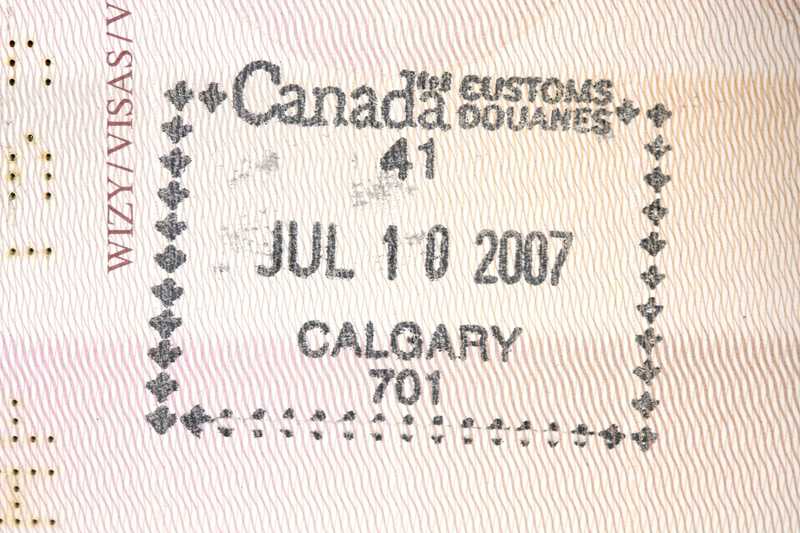The Tie-Breaker Rule For Express Entry


Video Transcript:
Hi, my name is Deanne Acres and I’m the regulated Canadian immigration consultant for Canada Abroad.
Today I will lay out the ins and outs of the tie-breaking rule for express entry. Some of you may have noticed, on the recent draws when the Canadian government was announcing the score that they had selected for express entry on a given date, they also noted something called a tie-breaking rule. Let’s explain that.
What has happened is, in some cases, when the government has done their rounds of invitations – let us use the draw for February 7 as an example – they selected 3000 people from the express entry pool, and the lowest candidate that was selected had a score of 442. Then they made the tie-breaking rule for May 29, 2017. What this means is that if you were in the express entry pool, and your score was 442, but your application was submitted after the 29th of May, you would not have been given an invitation to apply. For example – if I submitted my express entry profile on June 1, 2017, and my score was exactly 442, because I submitted my application after the date listed on the tie-breaking rule I would not have received an invitation to apply – even though yesterday’s draw was for anyone with the score of 442 and above.
The reason they had to start implementing this is in many cases there are too many people with exactly the same score. The Canadian government goes through the express entry pool, and they know that they want to select exactly 3000 people in this draw, thus they will take the top 3000 people. Now, what has happened lately is that the lowest selected person is not the only person in that pool with that score. So, again – the 29th as an example – there were numerous people with the score 442. And since the government only wanted 3000 people, they could not accept everyone who had a score of 442 on that date. Thus, the reason they have implemented the tie-breaking rule is to ensure that they’re getting the number of candidates that they want in each draw, and to do this selection on a first come first serve rule of law order. Basically, they address the concern that if you’ve submitted your application before someone else, and you do have the same score as said person, you would be selected before the person who applied after you.
Now, this tie-breaking rule does not apply to anyone who had a score above 442; they’re only going to be using the tie breaking rule for anyone who has the exact score of the lowest ranked candidate for the date. So, in the 29th’s draw, anyone who had a score above 442 – regardless of the date they submit their applications through the express entry system – would have received an invitation to apply. In other words, when you are looking at the express entry draws and you’re looking at the tie-breaking rule, remember that it only applies to those candidates with the score that is noted on the draw. Anyone who has a score above that will not be affected by the tie-breaking.

